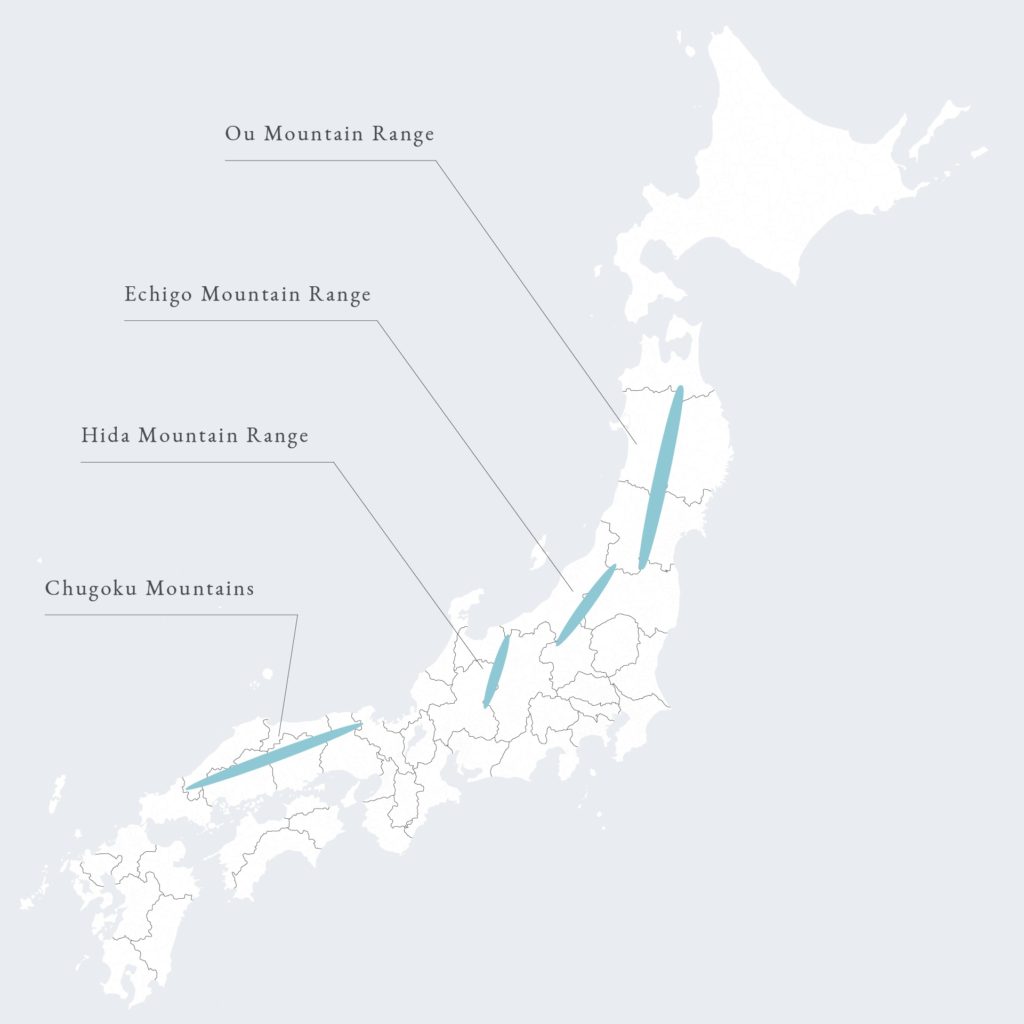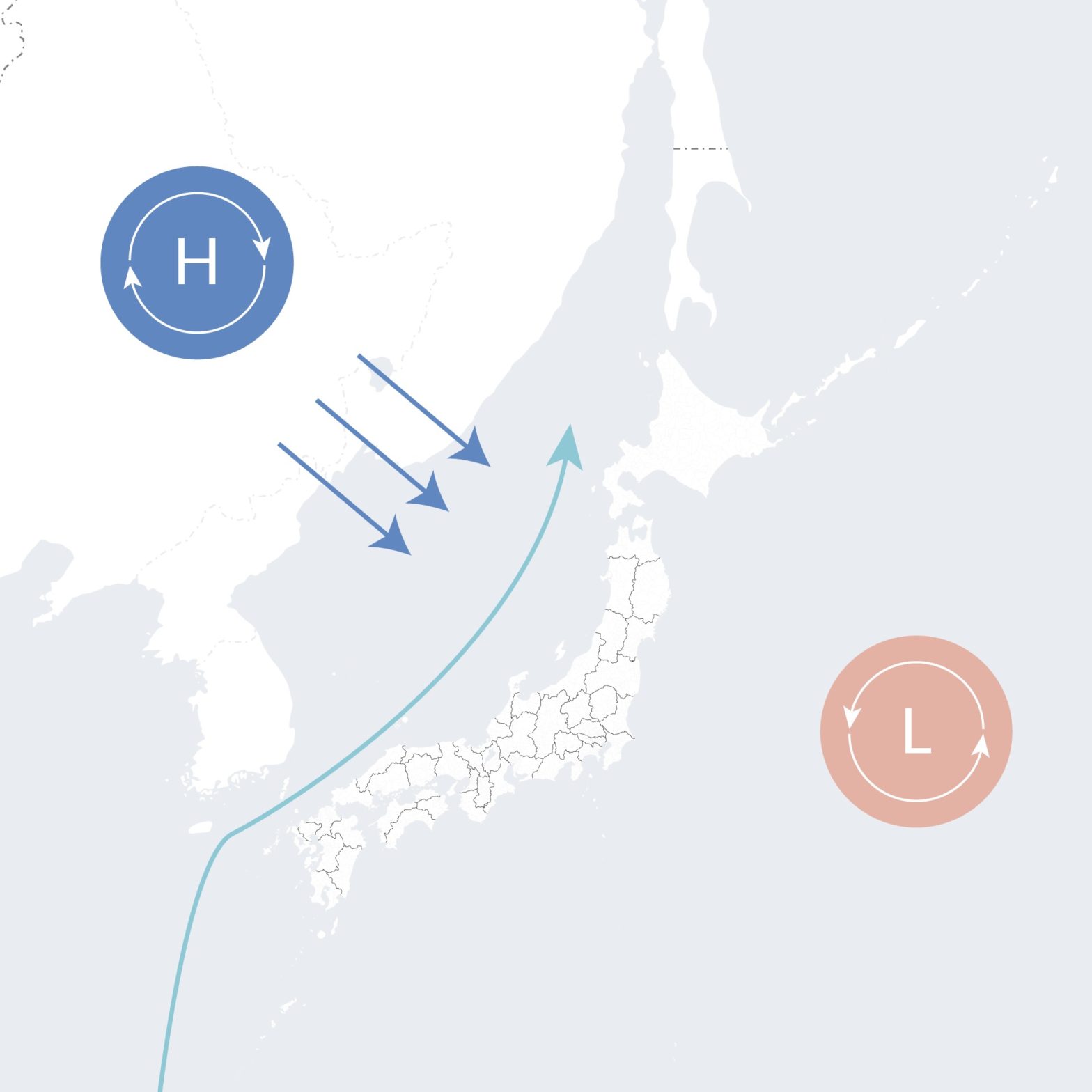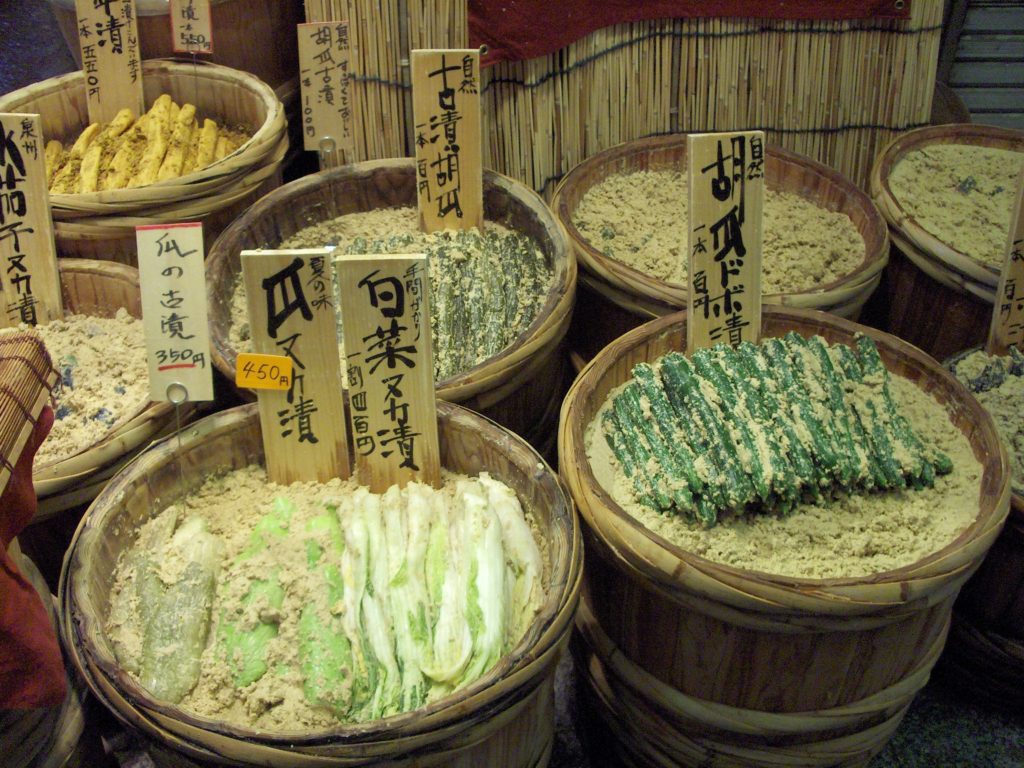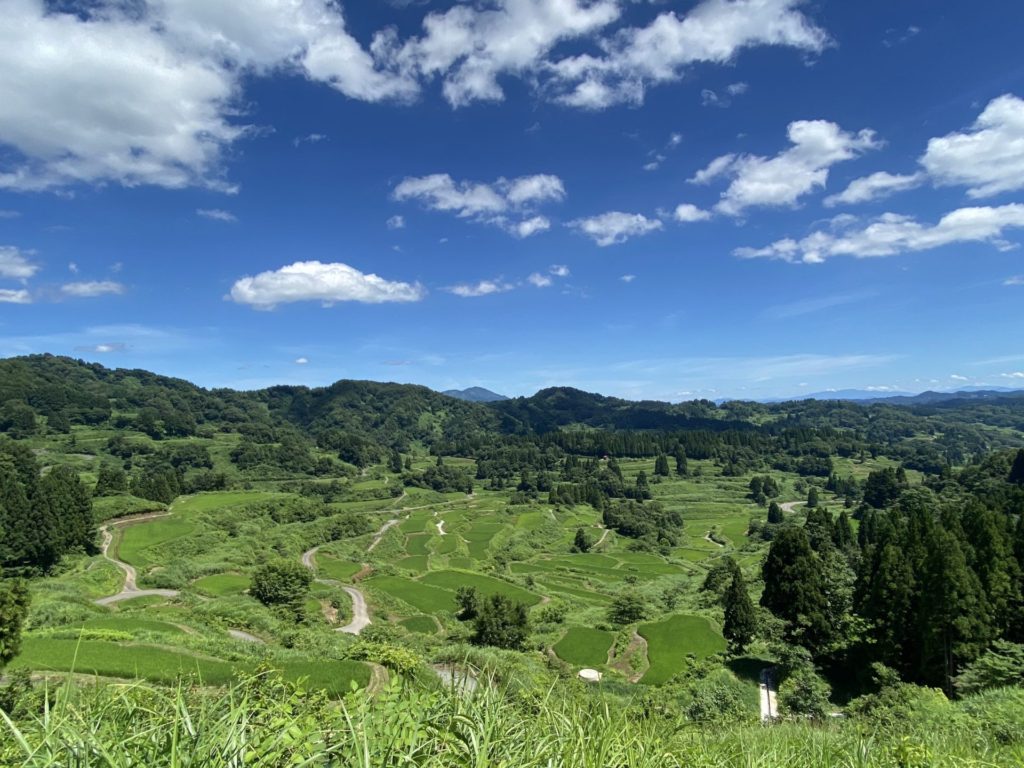Japan is considered one of the heaviest snowfall countries in the world, despite the fact that most of the area has a mid-latitude temperate climate.
Why does it snow so much in Japan?
Where does it snow so much in Japan?
To find out which areas get the most snowfall, it is easy to understand by looking at the heavy snowfall areas recognized by the Ministry of Land, Infrastructure, Transport and Tourism(MLIT). MLIT has designated these areas as "heavy snowfall areas," which are areas that require economic and lifestyle support due to the amount of snowfall. Most of the heavy snowfall areas are located on the Sea of Japan side.
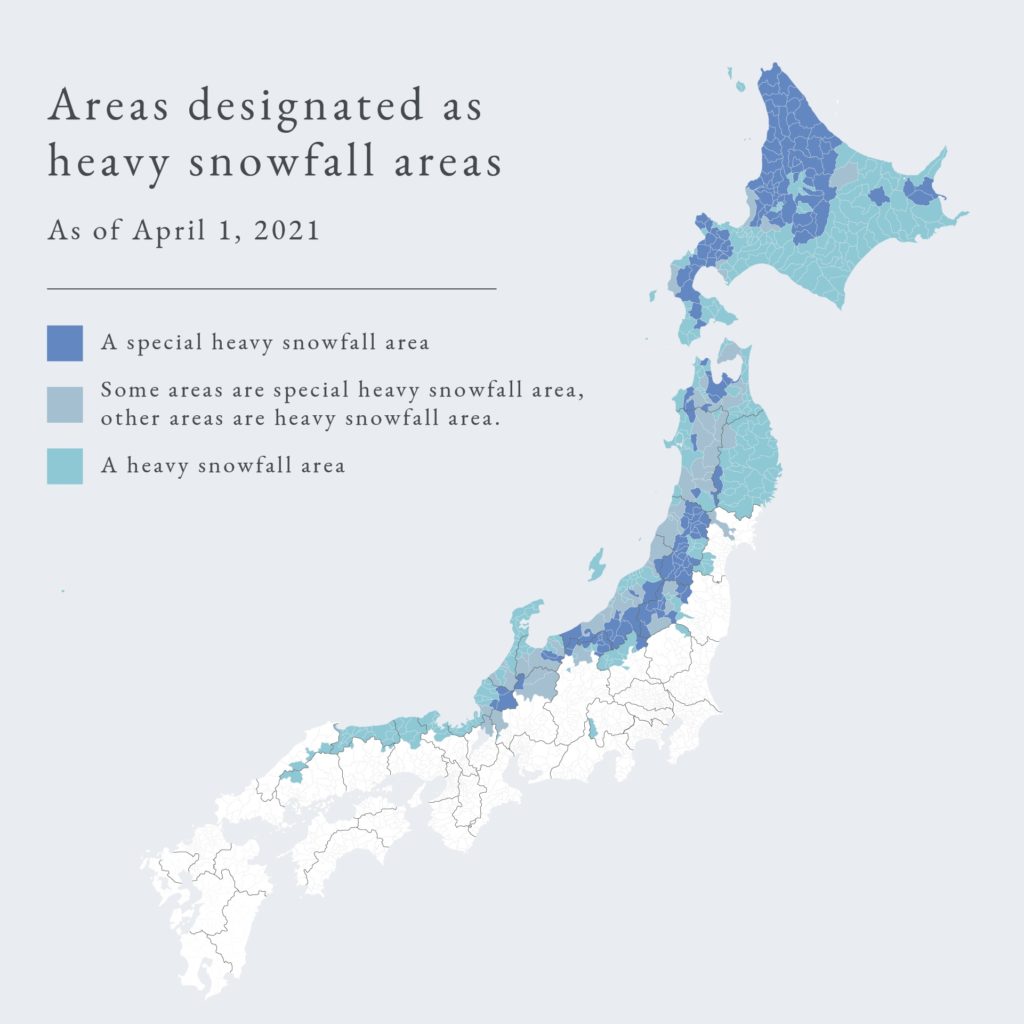
The sekiryo mountain range divides Honshu into the Sea of Japan side and the Pacific side. The weather differs greatly between the Sea of Japan side and the Pacific side.
The Three Secrets
The secret of heavy snow lies in the mountains that separate the Sea of Japan side from the Pacific side.
The secret of heavy snowfall lies in the mountains that separate the Sea of Japan side from the Pacific side. Here we will look at the three key words of heavy snowfall and how it happens.
- Monsoon
- Seawater temperature of the Tsushima Current
- Japan's mountains range
Monsoon
In winter, a cold monsoon blows from the northwest due to a low pressure in the east and a high pressure in the west.
Cold air from cold regions such as Russia and China flows toward the low pressure area to the east.
As a result, Japan is exposed to this cold air and becomes colder.
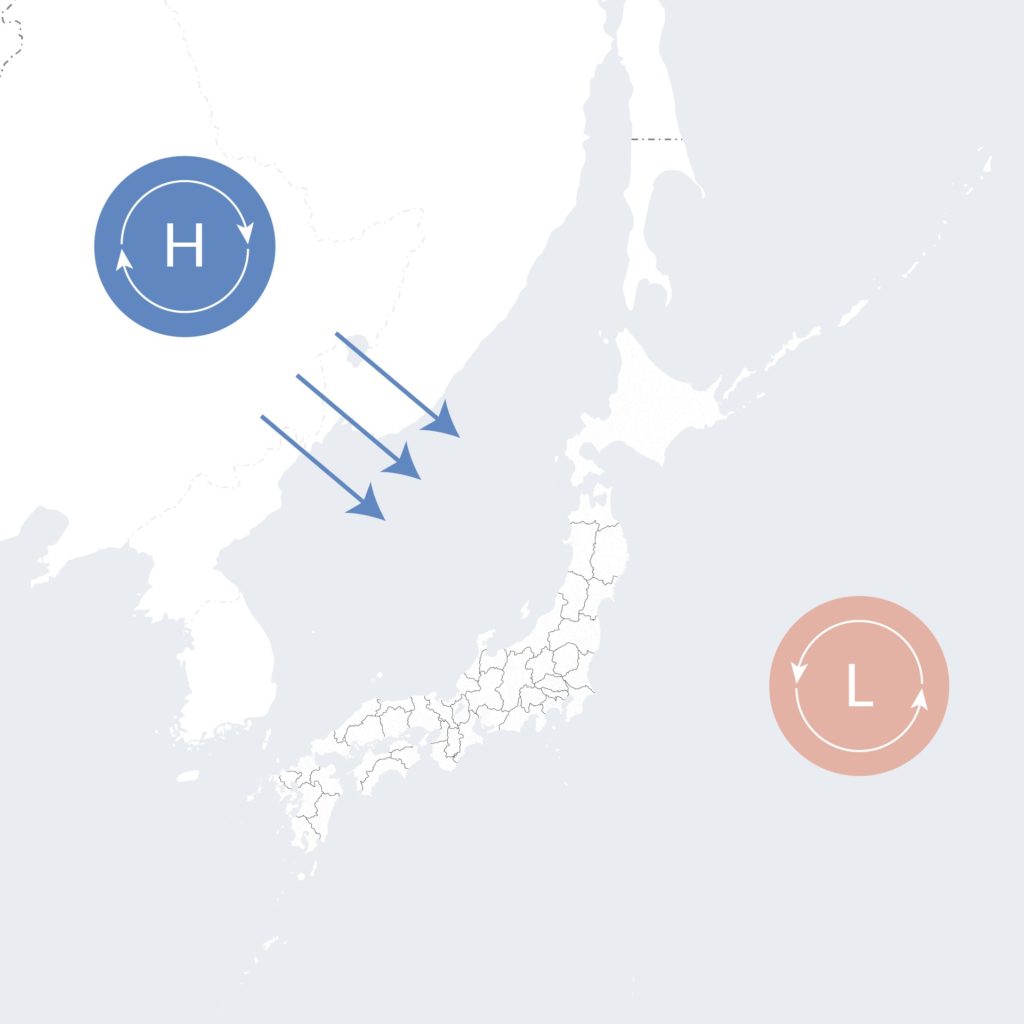
Seawater temperature in the Tsushima Current
On the other hand, there is a warm current called the Tsushima Current flowing toward the north.
Because these currents are warmer than the winter temperature, a lot of water vapor is generated and climbs into the sky as clouds. These clouds are then carried to the Japanese archipelago by the monsoons.
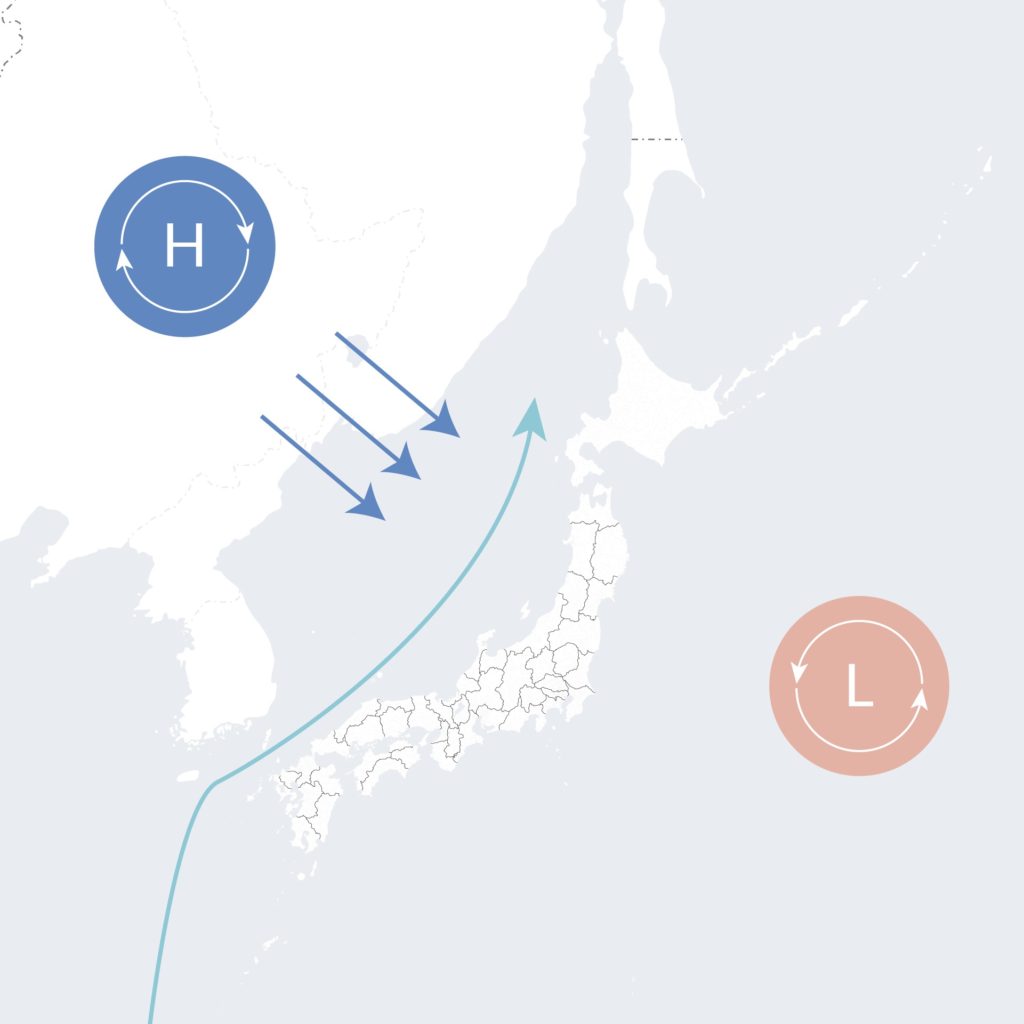
Japan's mountains range
The transported clouds hit the Japanese mountain range and rise even higher, forming a large amount of snow clouds.
These snow clouds accumulate as snow in the mountains and plains along the Sea of Japan.
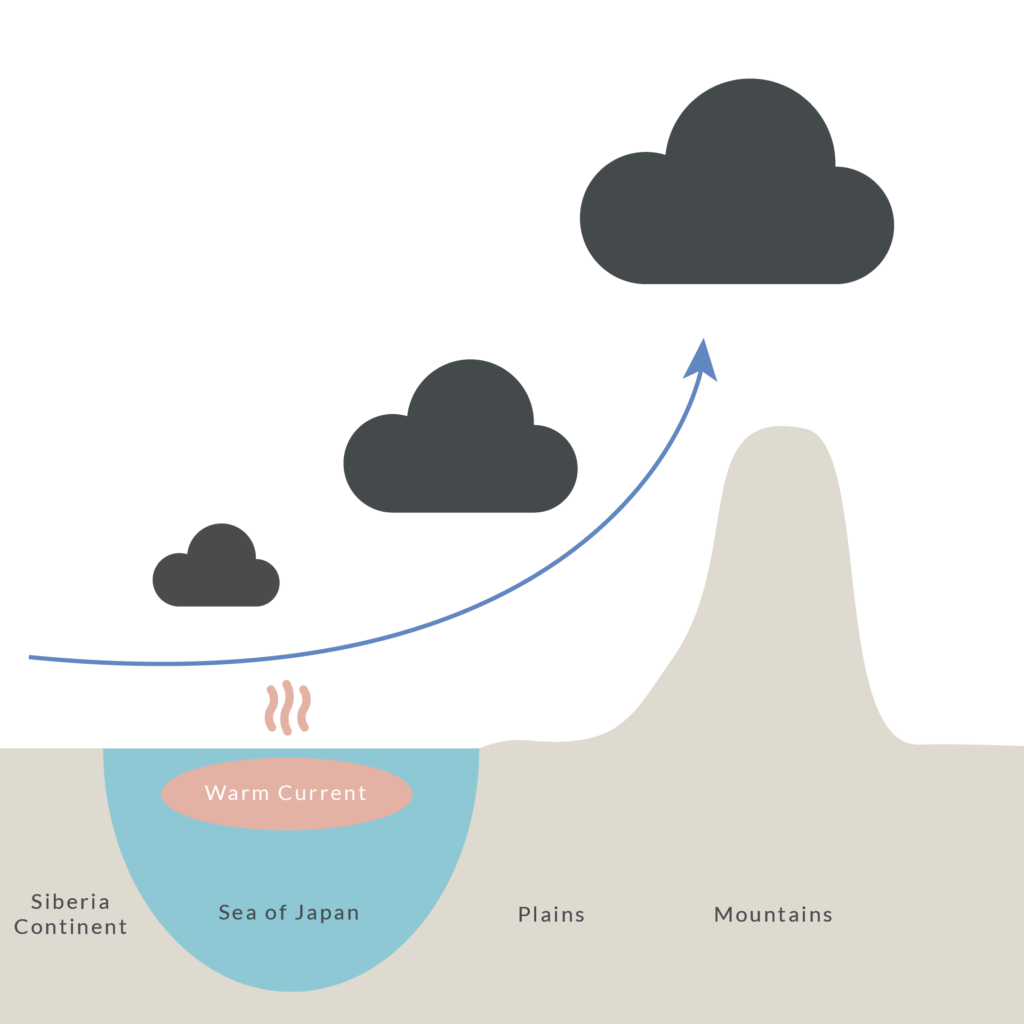
In the center of the Japanese archipelago are the Ou, Echigo, and Hida mountain ranges, and depending on these mountain ranges, the weather differs greatly between the Sea of Japan side and the Pacific side.
